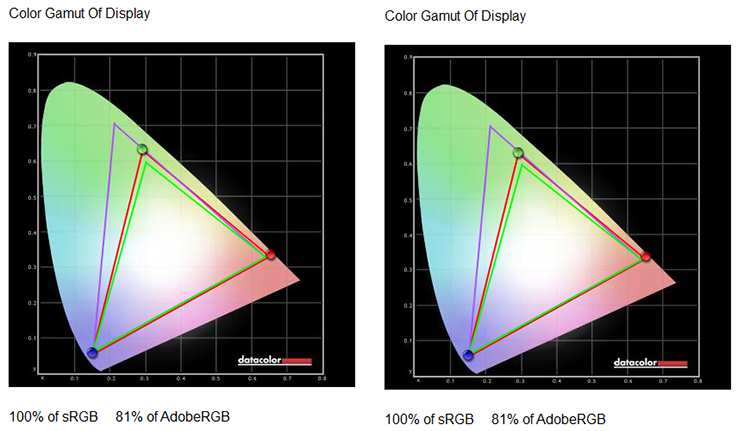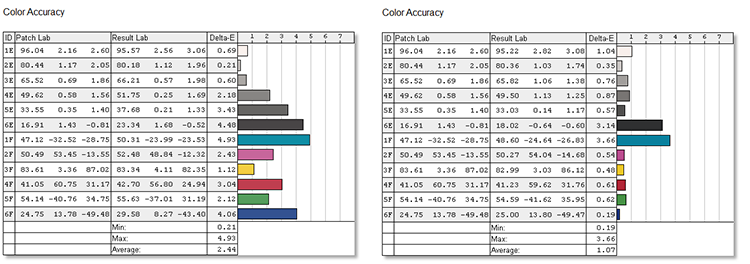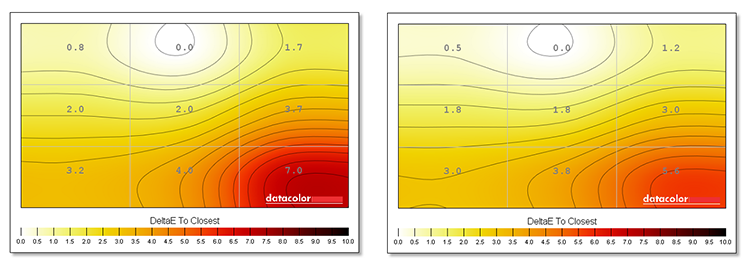Testing results I
A monitor review based on descriptive visual analysis will always have the underlying problem of subjectivity; assessments of panel quality will vary from user to user depending on their normative expectations. To get around this we’re deploying Datacolor’s Spyder 4 Elite professional monitor analyser to return a quantitative assessment of display quality. We also make use of the Leo Bodnar video signal input lag tester which allows us to test the combined input latency of a specific monitor at the 1080p resolution with 60Hz operation only (a limitation of the testing equipment).
These numerical results, we feel, add extra utility to our reviews allowing us to more accurately benchmark the following display characteristics:
- Colour gamut relative to sRGB and AdobeRGB industry standards
- Brightness levels and contrast ratios
- Colour uniformity
- Brightness uniformity
- Colour accuracy
- Input latency
The tests are run under two different scenarios: uncalibrated and calibrated. Uncalibrated performance equates to the out-of-the-box settings a monitor ships with; this is the typical end-user experience as very few consumers engage in calibration of their displays before use. Calibrated performance is what results after the monitor has been put through the Spyder4Elite hardware-calibration process with the following parameters: 2.2 Gamma, 6500k colour temperature and 120 nits of brightness. These calibrated results demonstrate what the monitor is capable of when tuned correctly but the results have limited relevance to most consumers who will not calibrate their monitors.
Colour
Uncalibrated performance, left, calibrated, right
Yup, no difference between the calibrated and uncalibrated performance in terms of ability to cover the sRGB and AdobeRGB spaces. Monitors not specifically designed for a wide colour gamut often fail to service the sRGB space completely, so Asus does well enough here.
Uncalibrated performance, left, calibrated, right
It is generally accepted that a Delta E of under 3 is considered to be accurate enough for regular work while a Delta E colour difference of under 2 is only perceivable if you look very, very closely.
An out-of-the-box average Delta E of 2.44 is good. Run through the software the Delta E drops to an impressive 1.07, where the colour difference between what you see on the screen and the actual colour is not readily perceivable by the human eye. In short, colour accuracy ranges from good to excellent.
Uncalibrated performance, left, calibrated, right
The PG279Q screen's uniformity is fairly consistent until we hit the bottom-right corner. Improved a little by calibration, a block of colour does feel very slightly off when looking at it with our own eyes.












